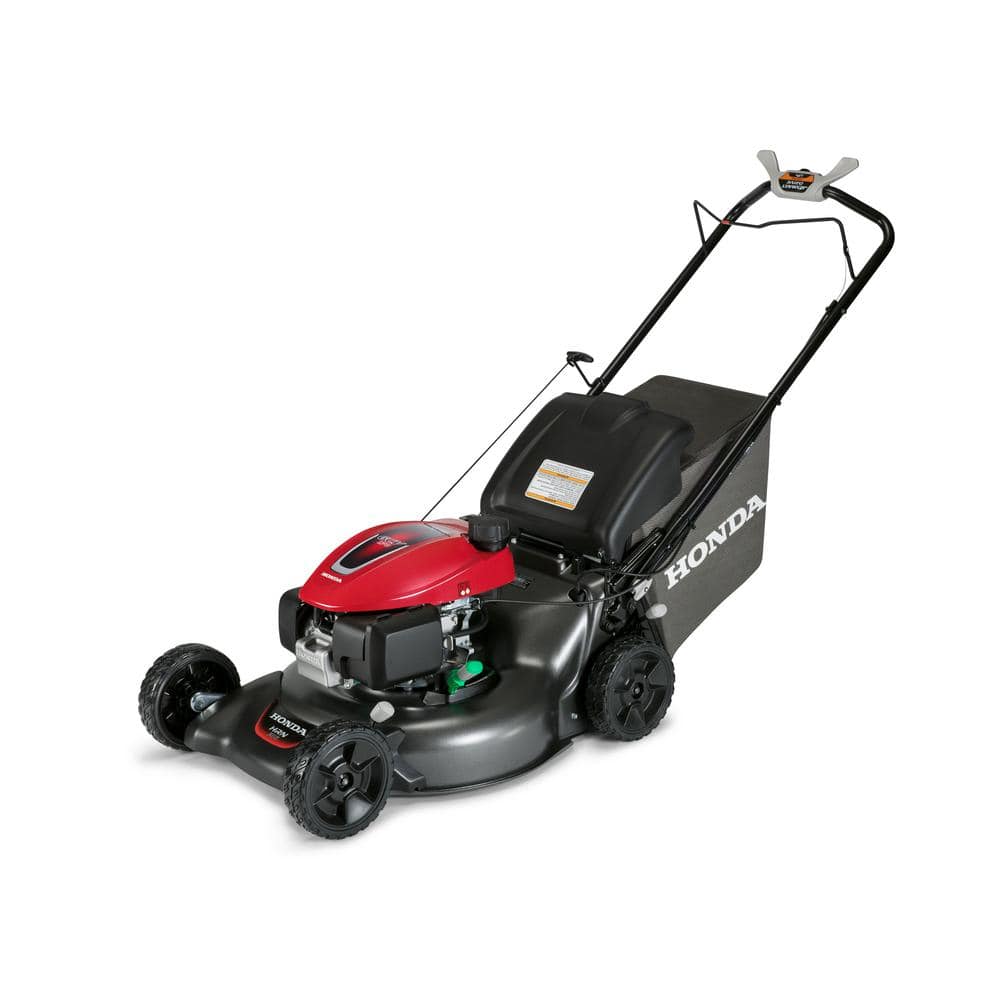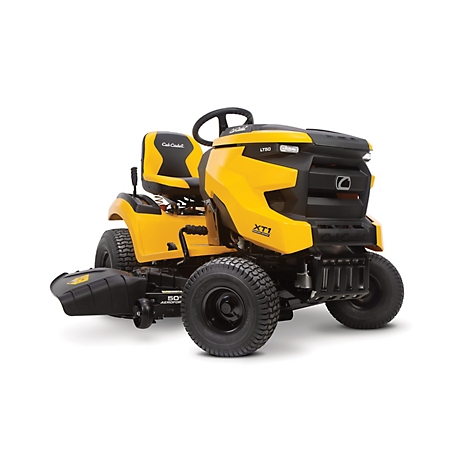Honda 21 in. 3-in-1 Variable Speed Gas Walk Behind Self-Propelled Lawn Mower with Auto Choke
The Honda self-propelled 3-in-1 variable speed lawn mower with new GCV 170 engine and auto choke offers a simple, adaptable and reliable design. It efficiently adapts the mowing speed to match your stride for ultimate comfort. Easily mulch, bag or discharge without the use of tools using a simple clip director knob.
The Honda self-propelled 3-in-1 variable speed lawn mower with new GCV 170 engine and auto choke offers a simple, adaptable and reliable design. It efficiently adapts the mowing speed to match your stride for ultimate comfort. Easily mulch, bag or discharge without the use of tools using a simple clip director knob.
Highlights
- Smart drive intuitive, variable speed control while mowing, 5-adjustable positions for user comfort
- 3-in-1 system with clip director simply slide the clip director for mulching, bagging or discharging versatility, no attachments required
- Dual-lever height adjustment system user-friendly front and rear levers conveniently adjust to 7-cutting heights
- Honda GCV170 engine reliable, easy starting power to tackle the toughest mowing conditions
- Microcut twin blade system stacked and offset twin blade design provides superior cut quality and smaller clippings for better mulching and bagging
Product Information
Additional information
| Assembled Depth (in.) | 63 |
|---|---|
| Assembled Height (in.) | 40 |
| Assembled Width (in.) | 21 |
| Blade Length (in.) | 21 |
| Cutting Width (in.) | 21 |
| Front Wheel Size (in.) | 8 |
| Mower Deck Width (in.) | 21 |
| Rear Wheel Height (in.) | Low Wheel |
| Rear Wheel Size (in.) | 8 |
| Manufacturer Warranty | 3 year |





Reviews
There are no reviews yet.